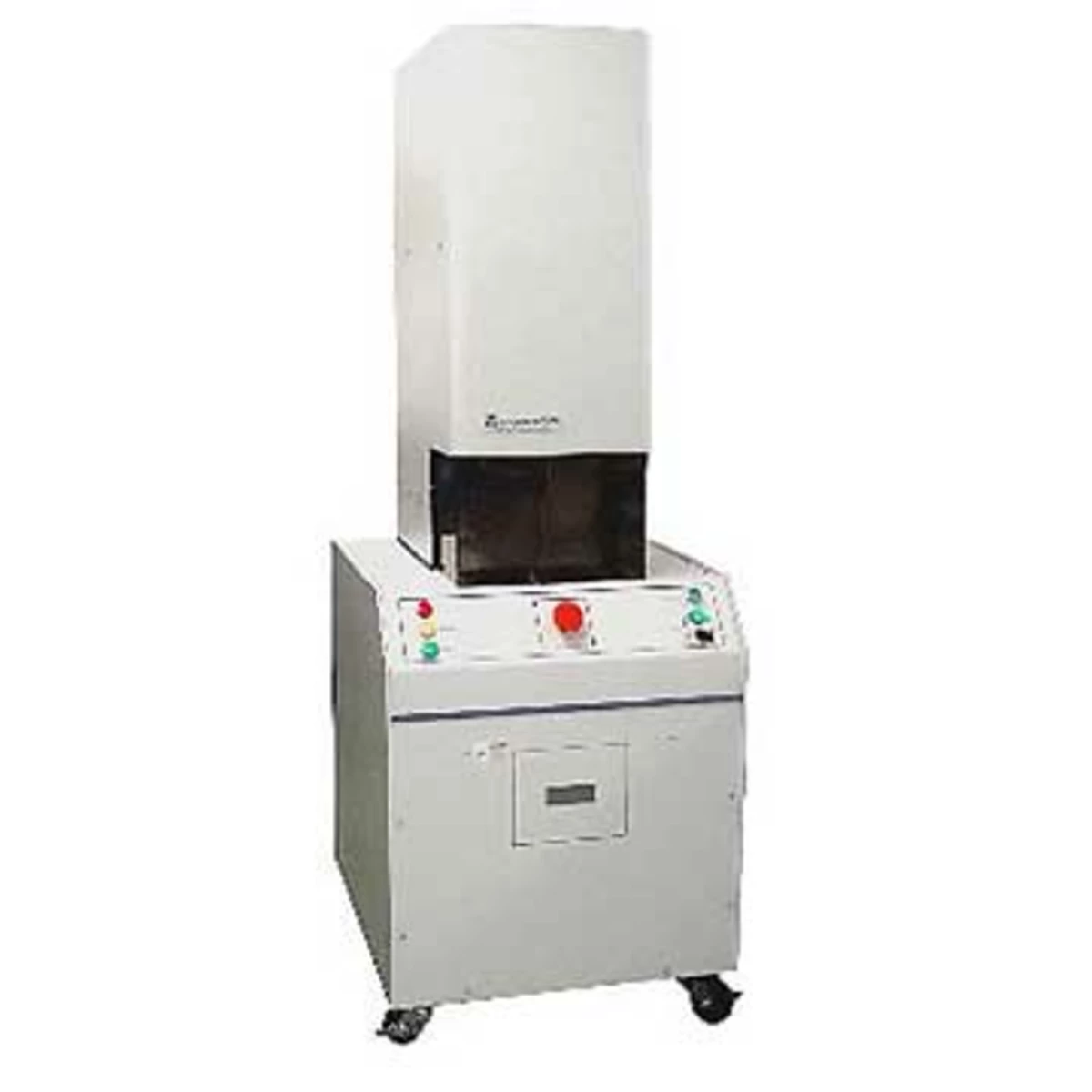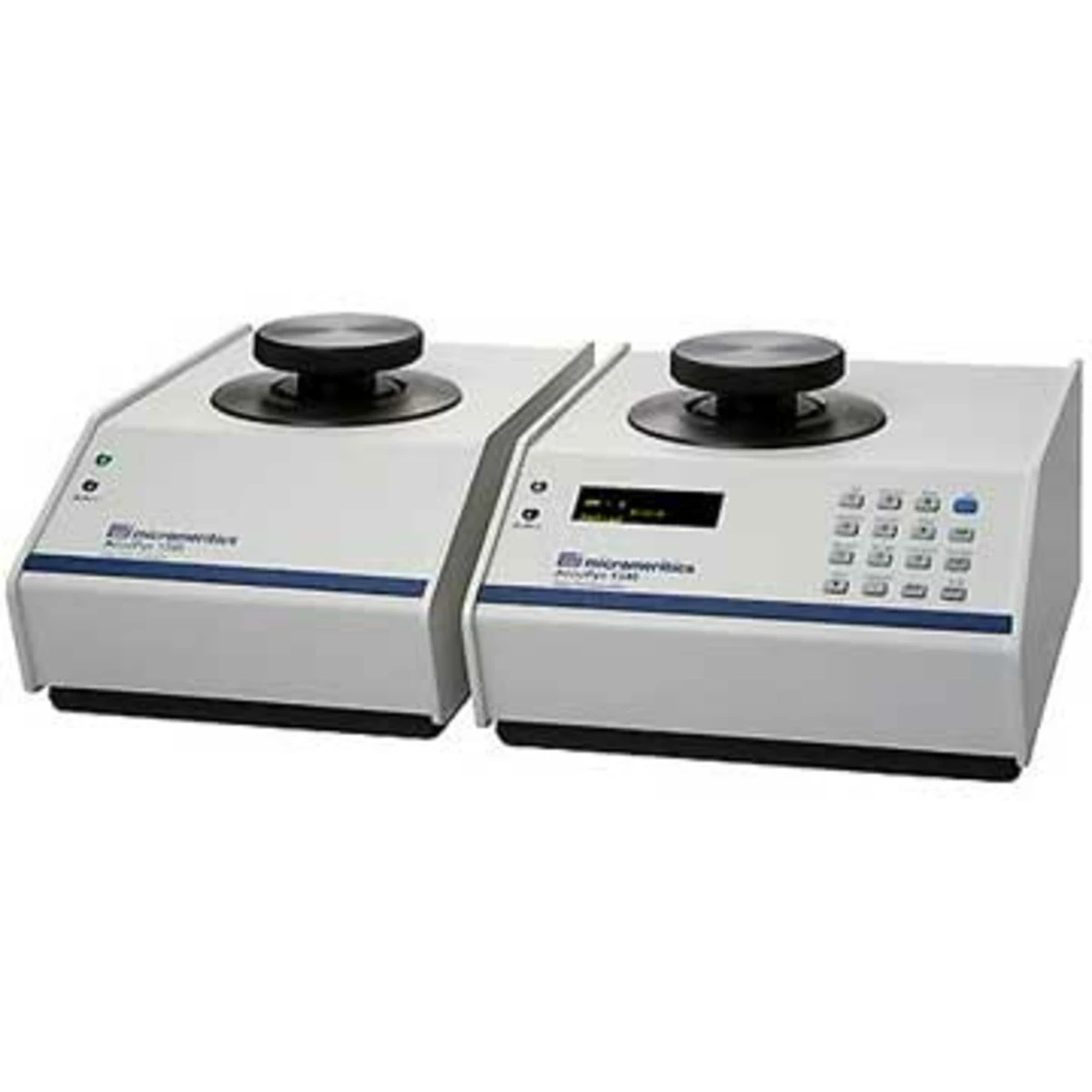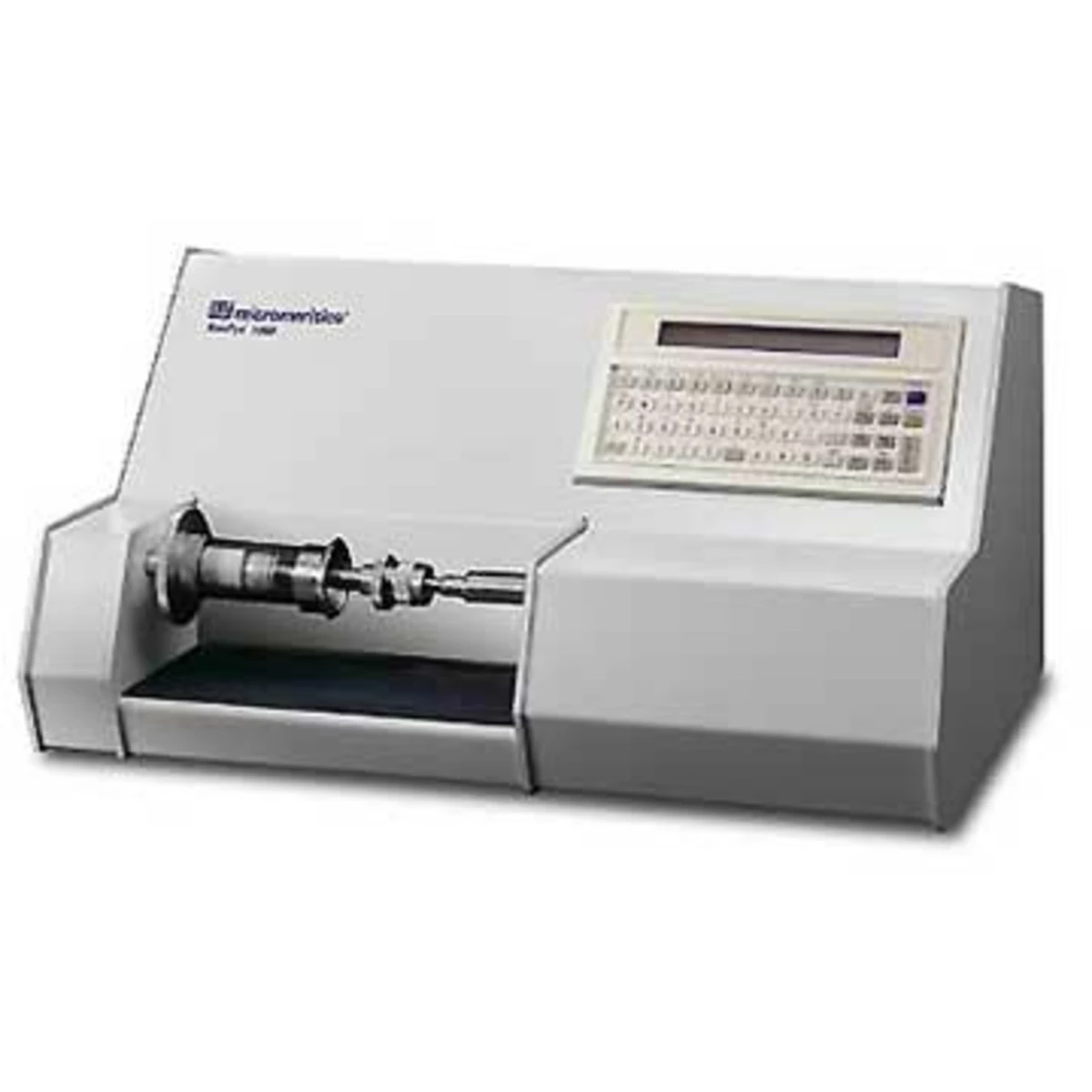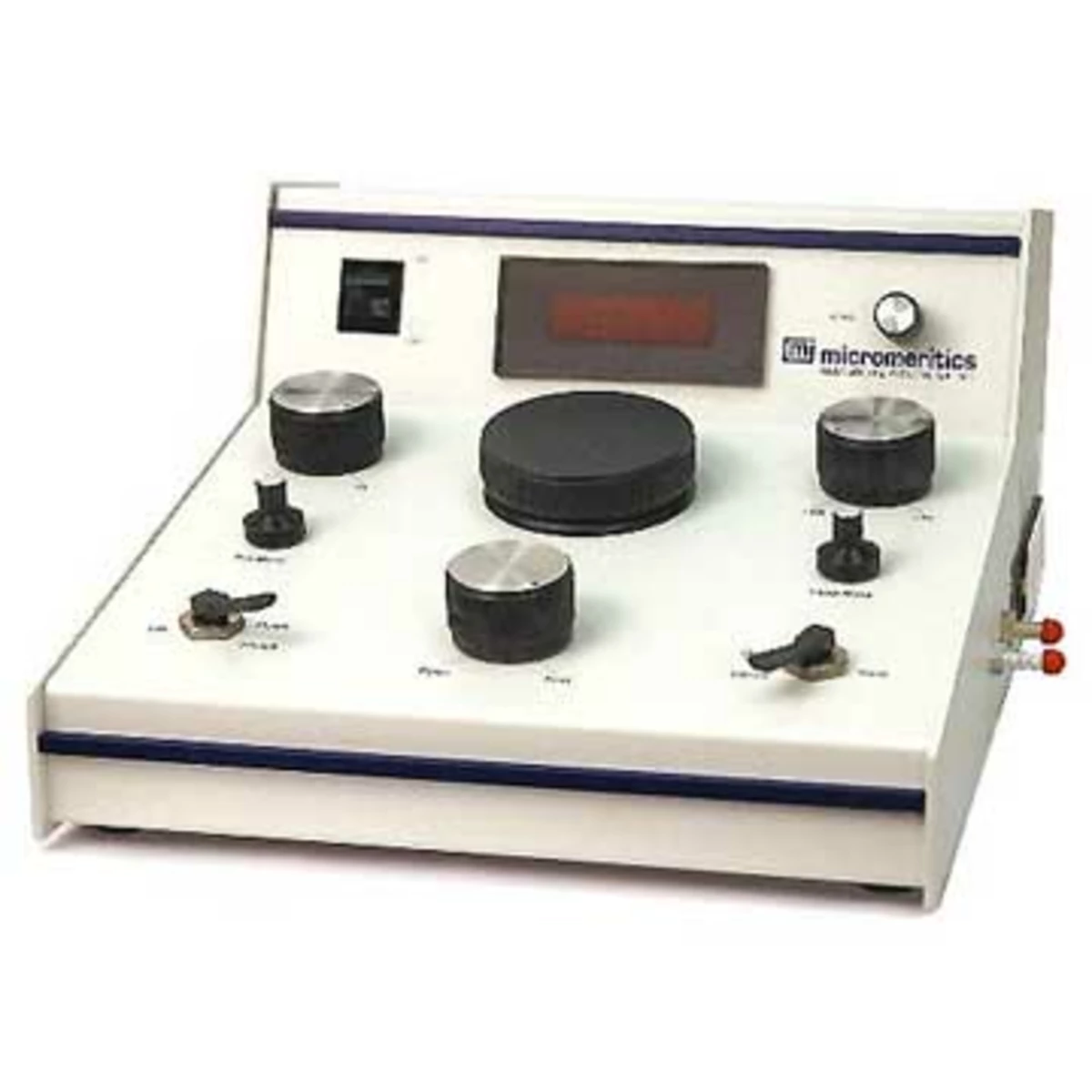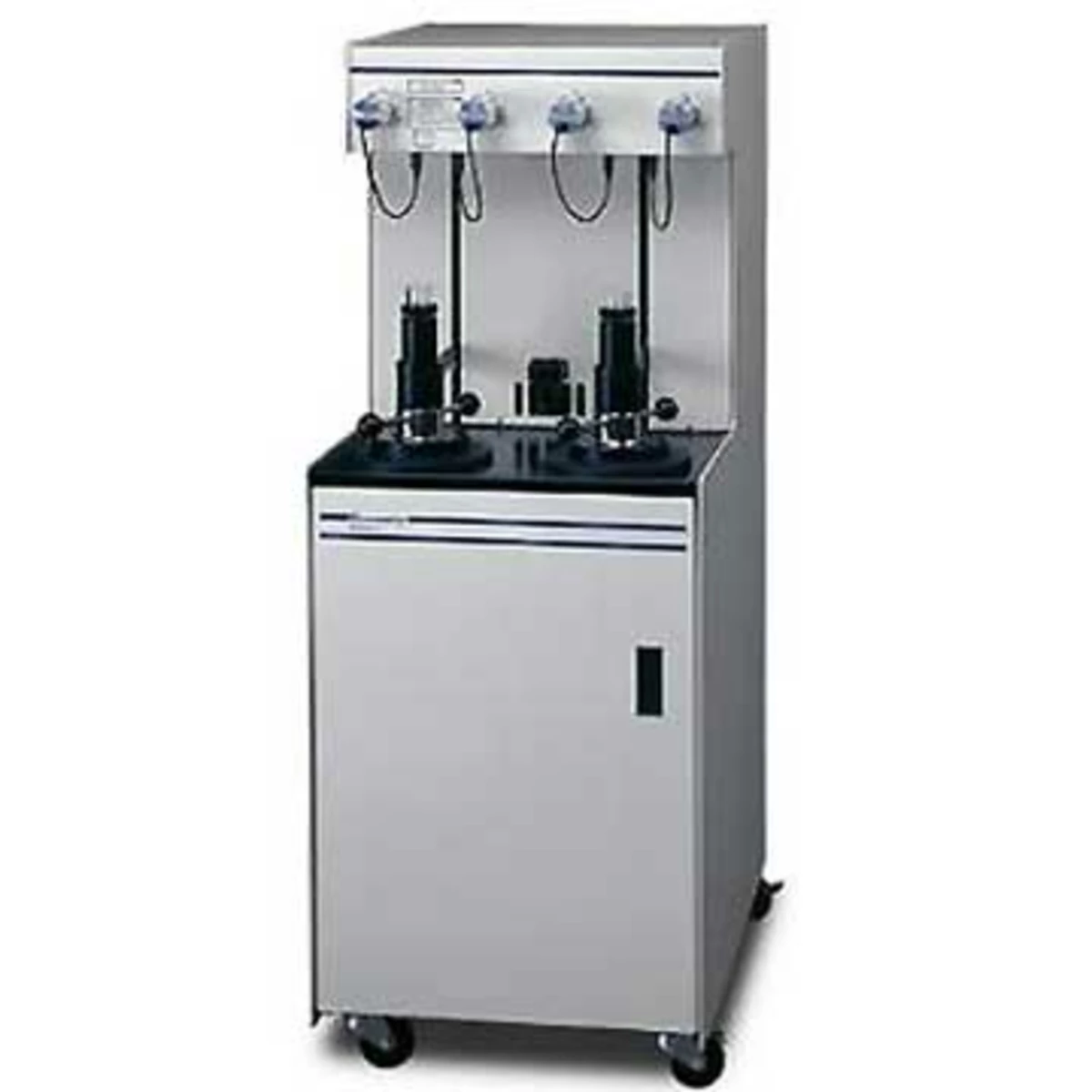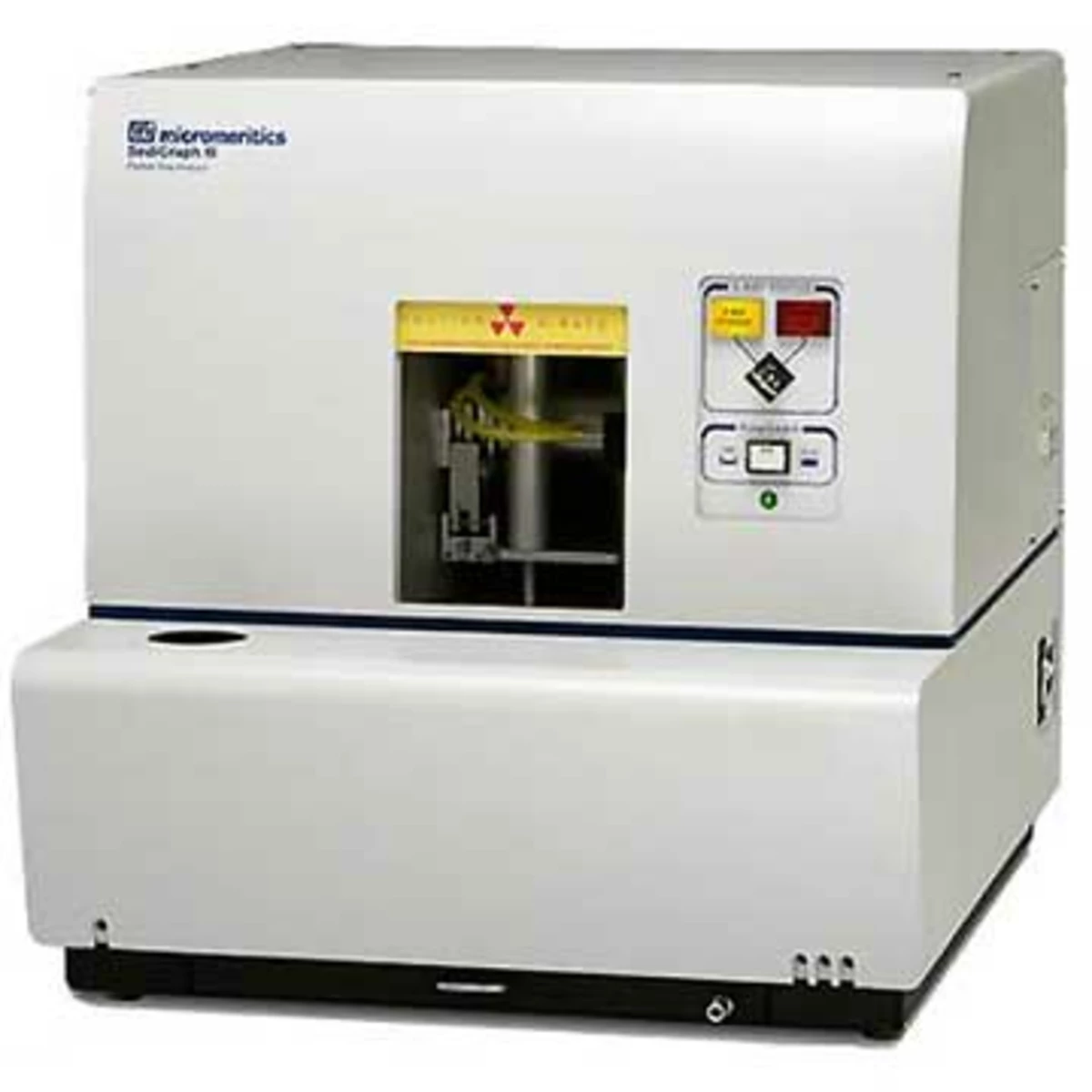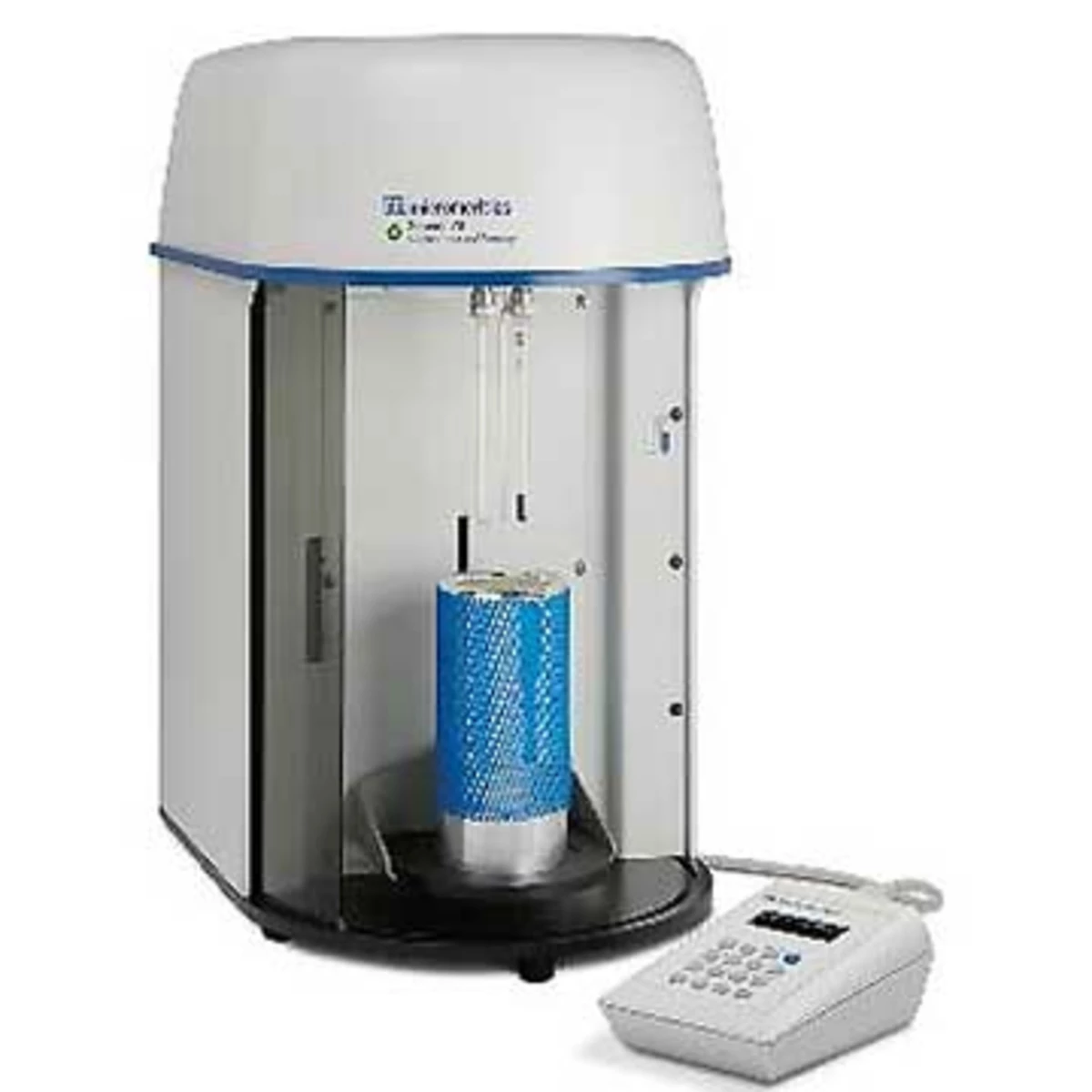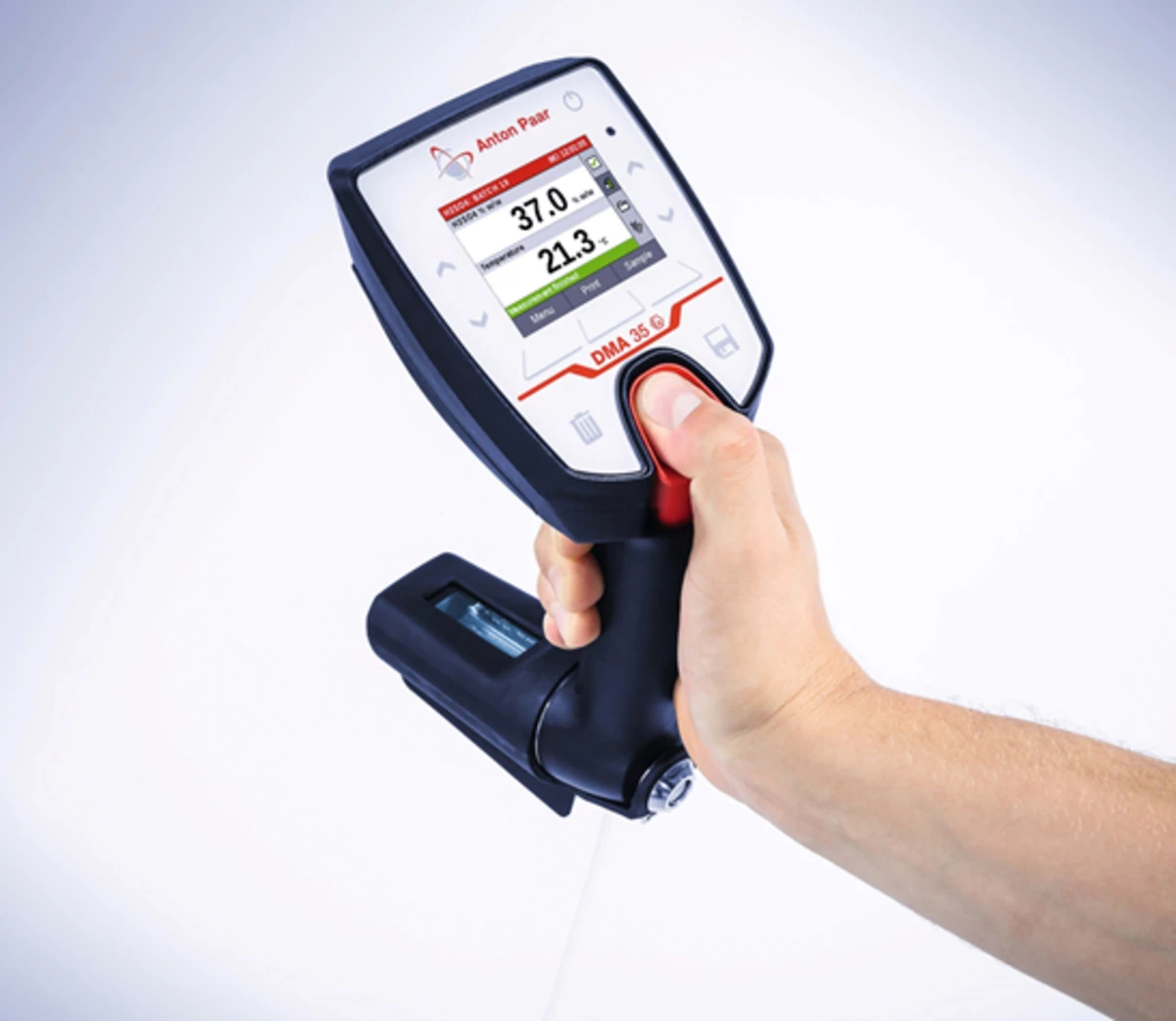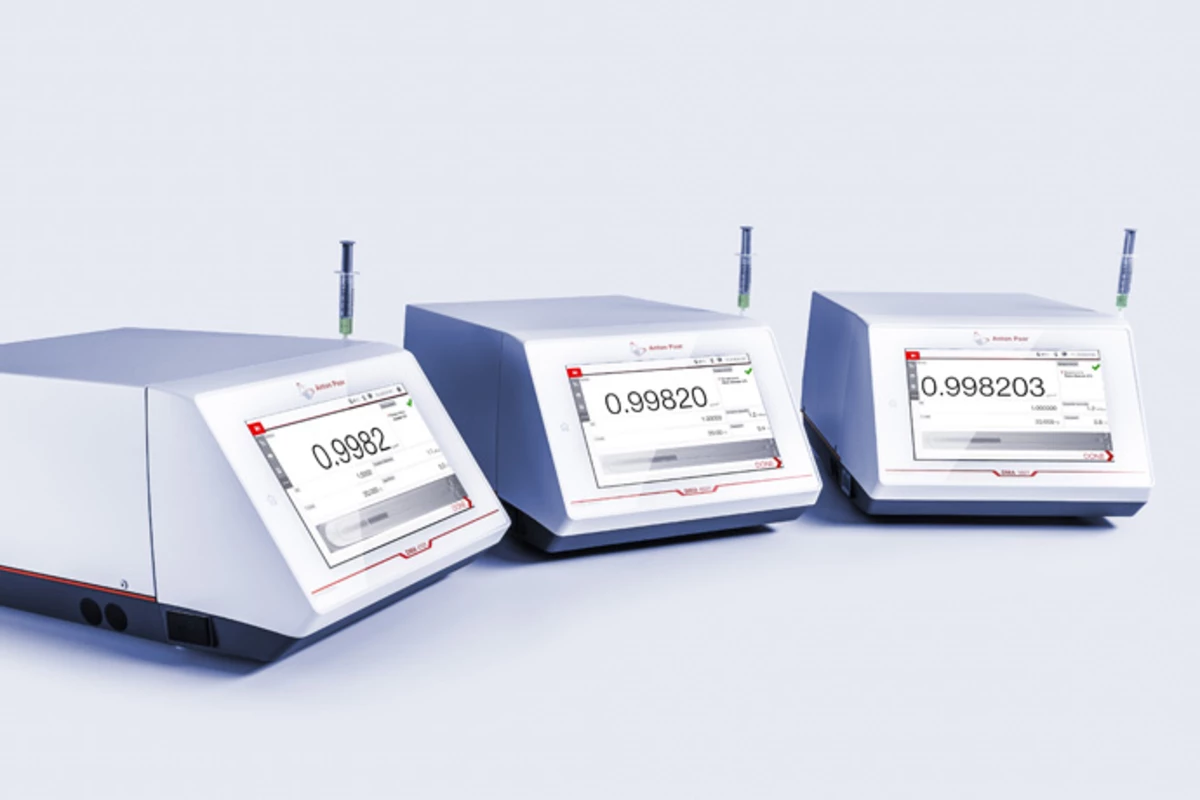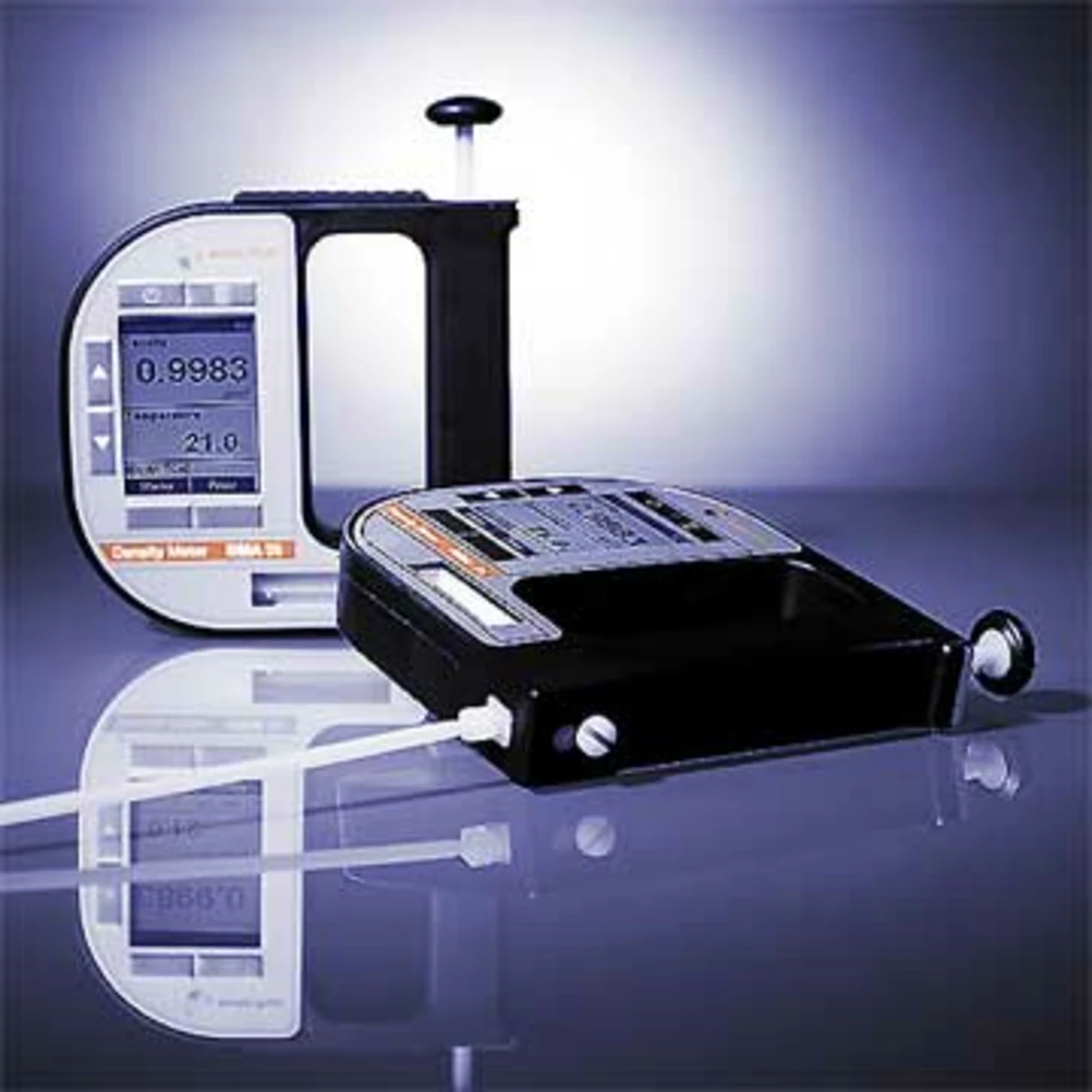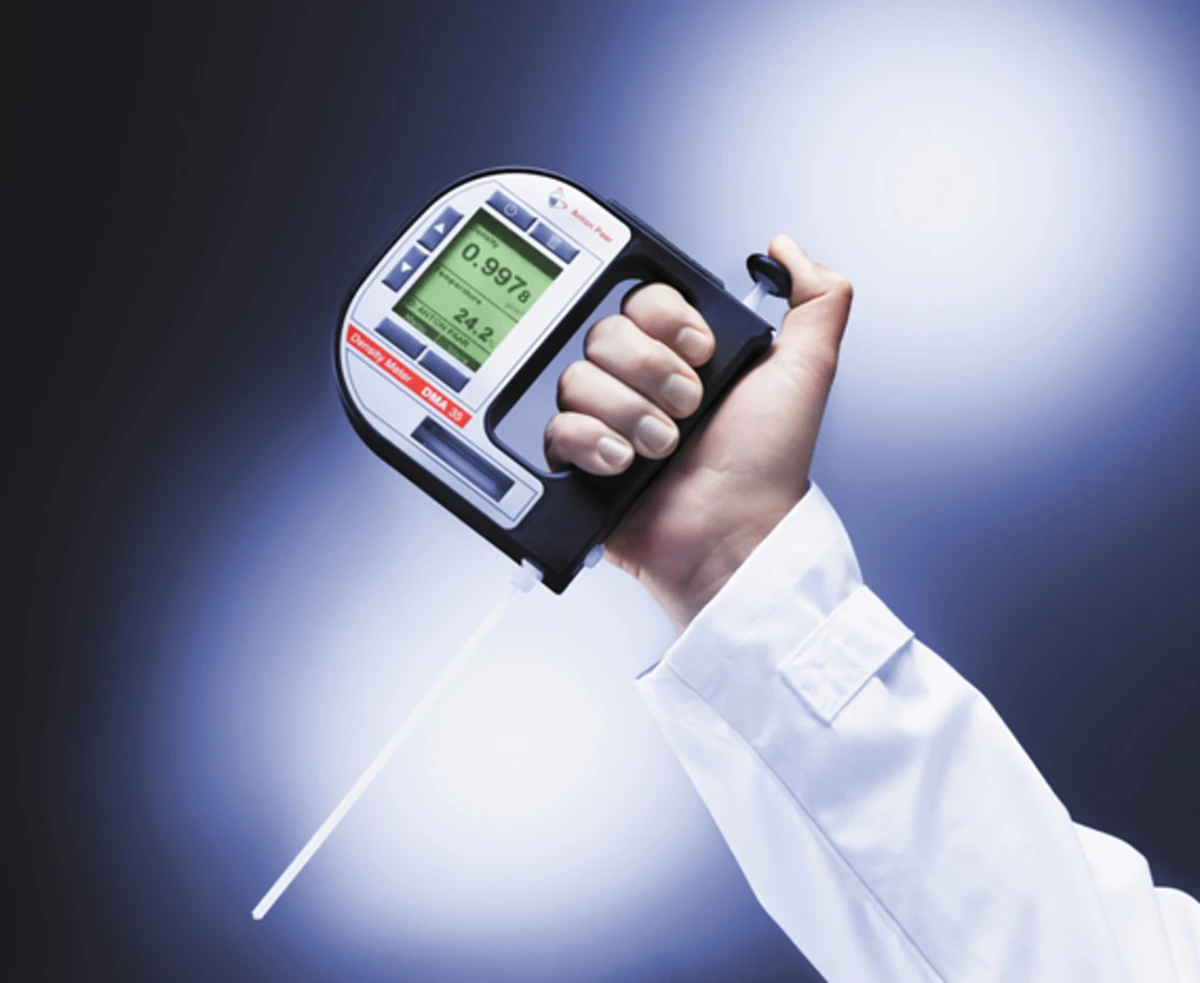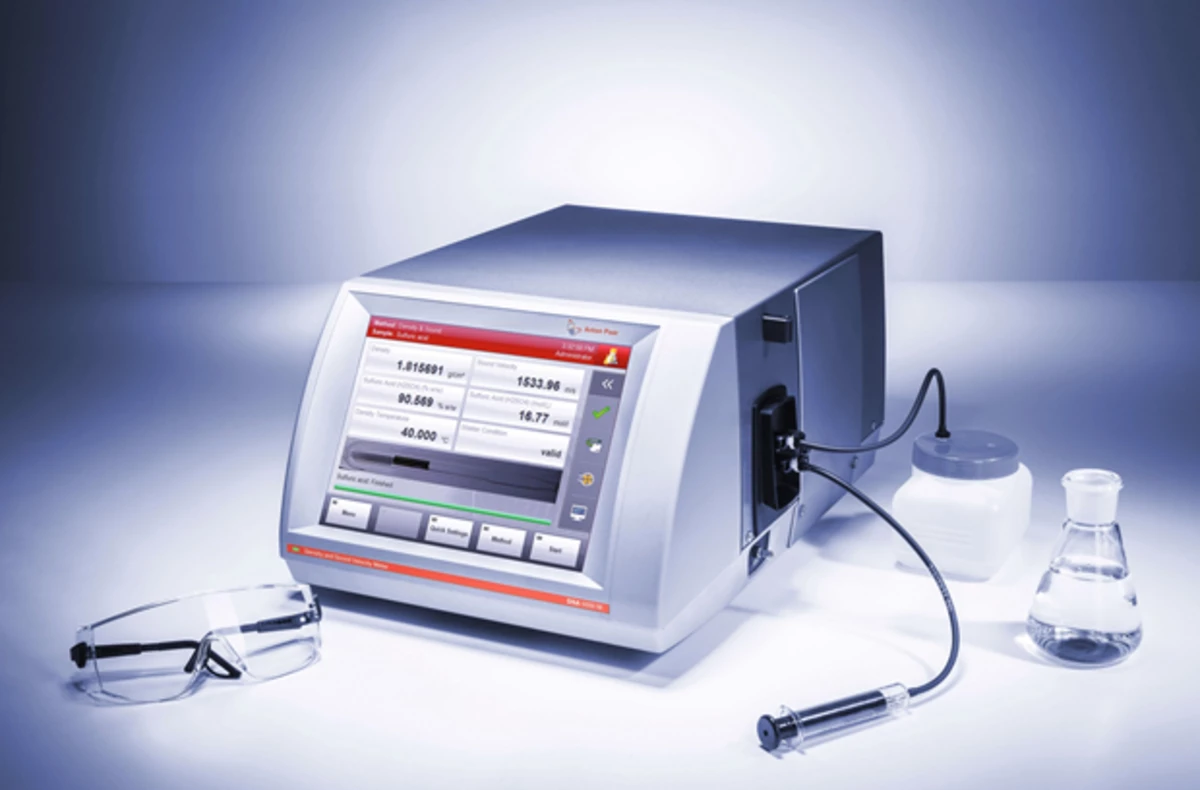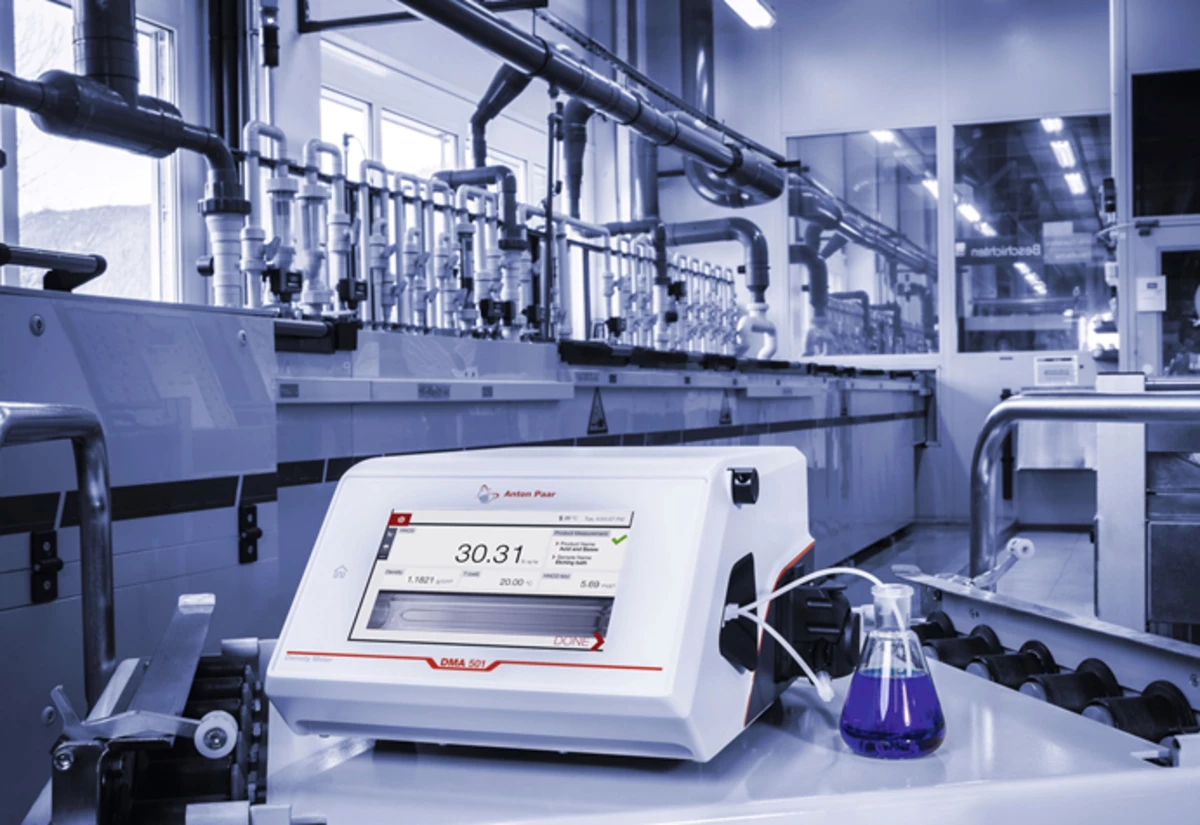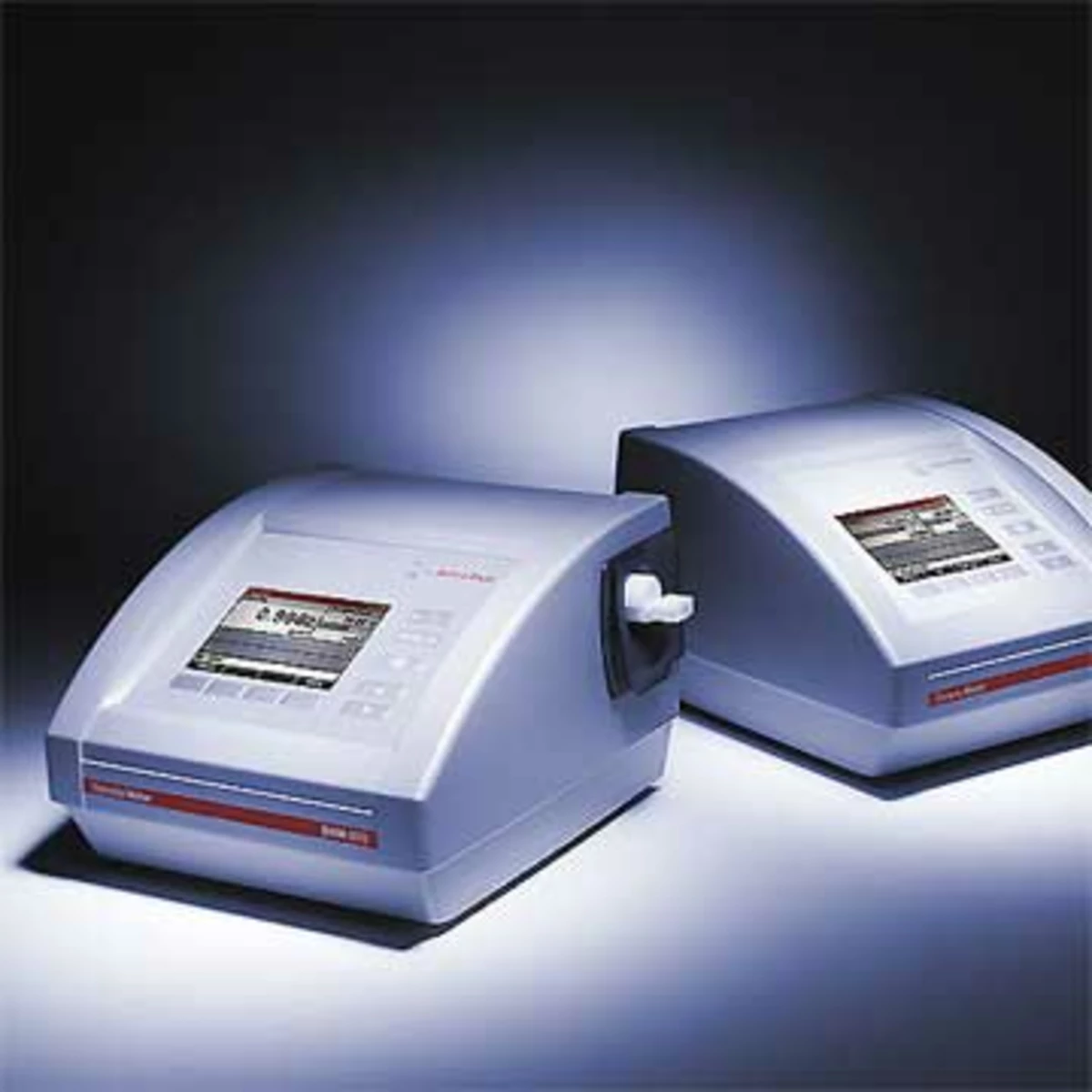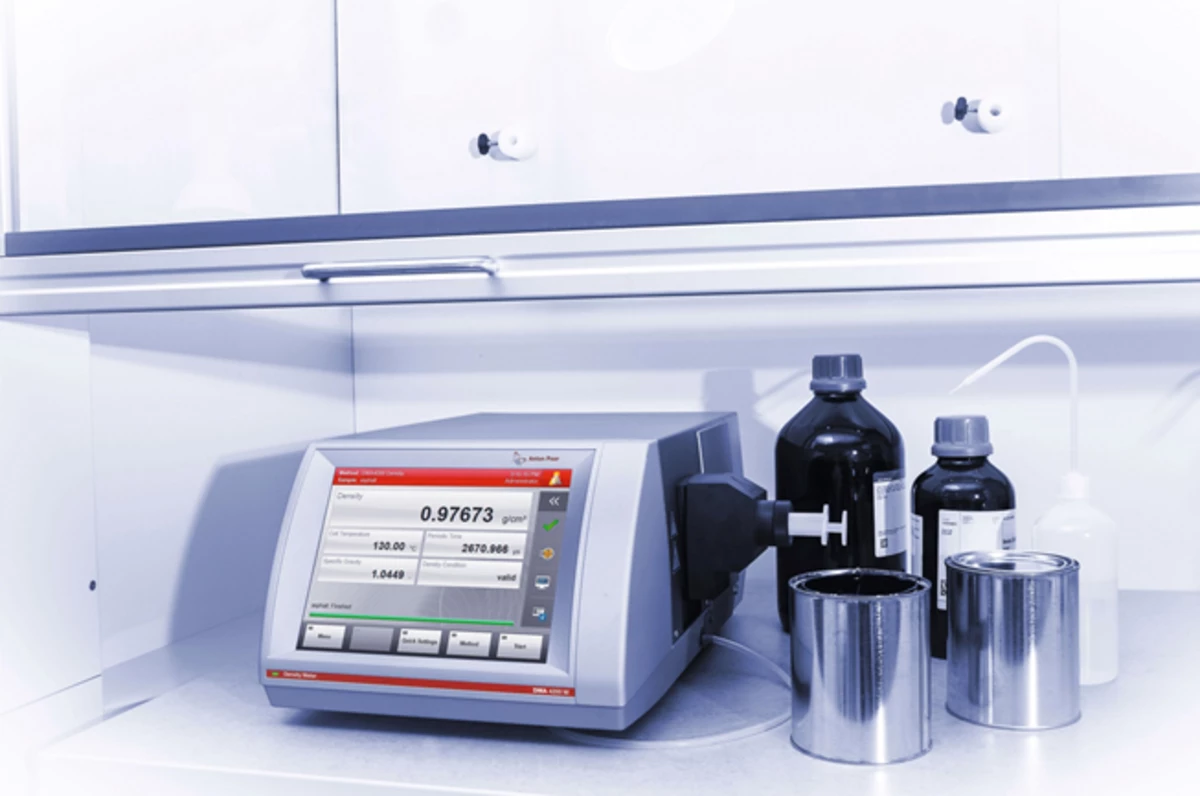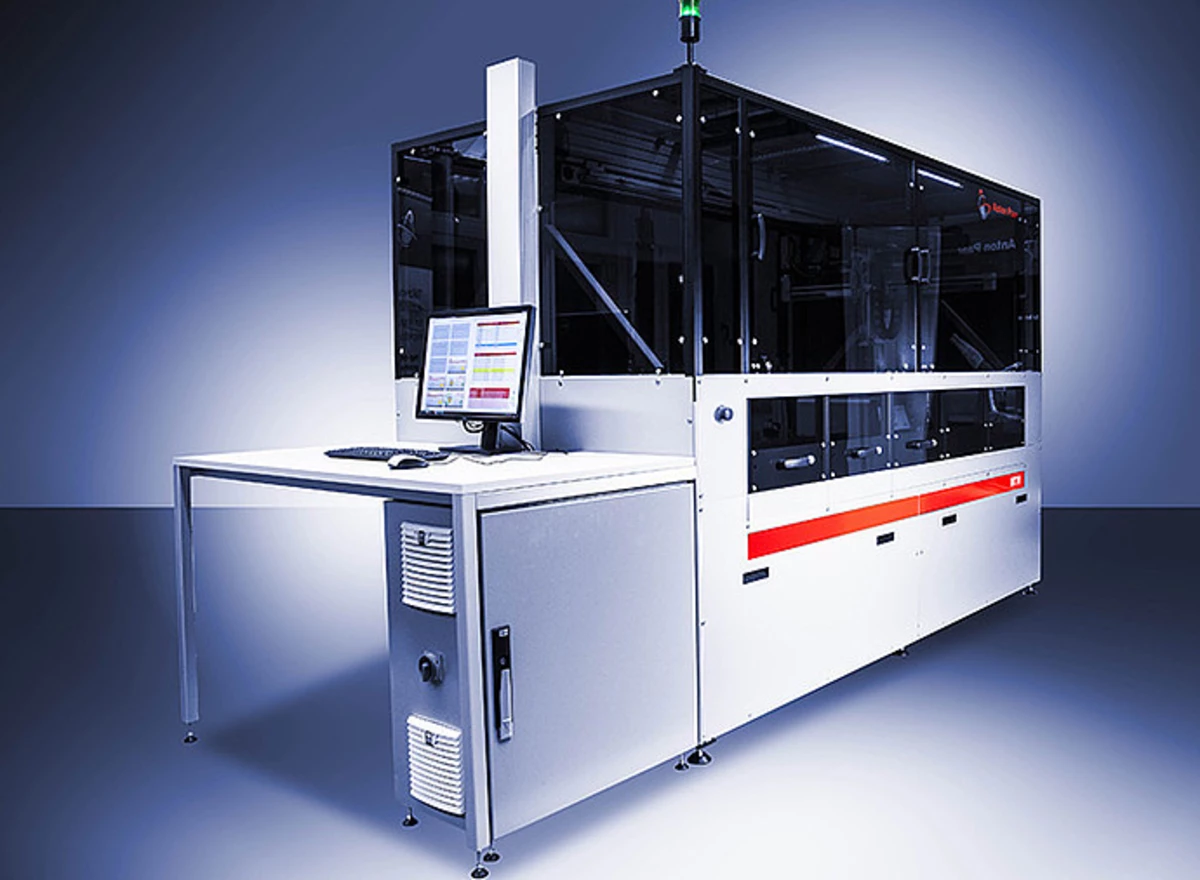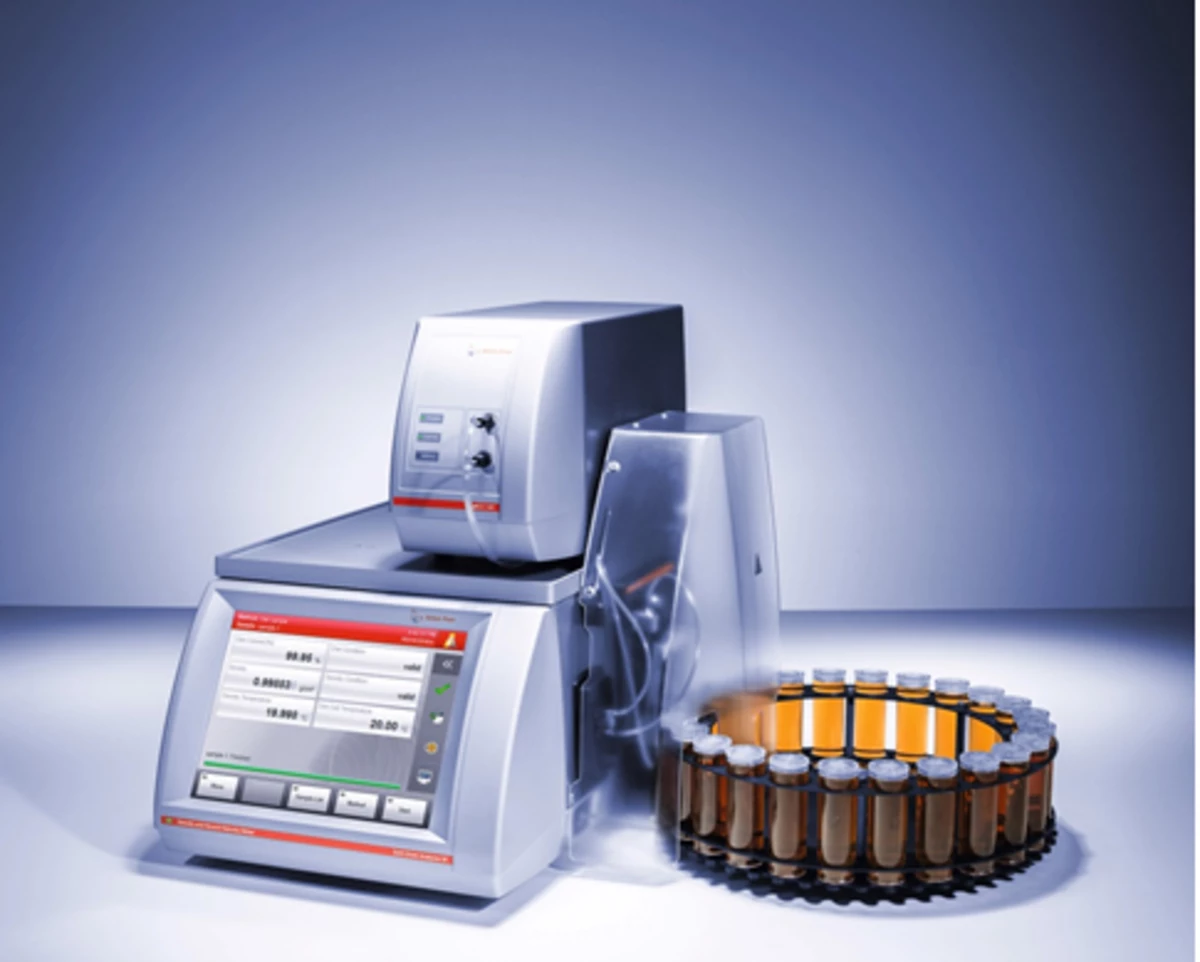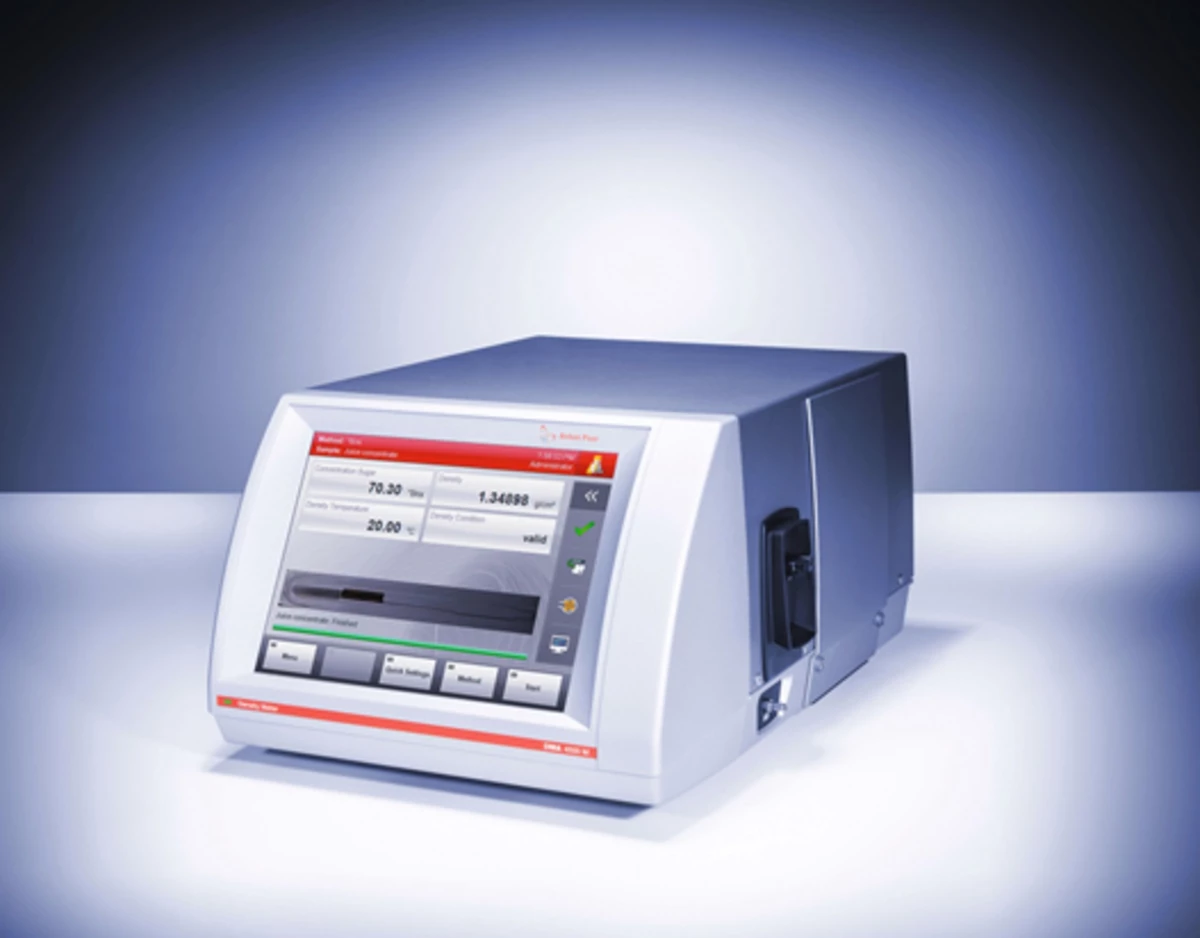Vendu par :
Type de produit
1 professionnels intéressés
Posez une question sur le produit
Poser une questionAutres produits de MICROMERITICS FRANCE
-
![]()
AccuPyc II 1340 PycnometerAccuPyc II 1340 Pycnometer
MICROMERITICS FRANCE
3 professionnels intéressés1012 consultations récentesRecevoir un devis -
![]()
GeoPyc 1360GeoPyc 1360
MICROMERITICS FRANCE
2 professionnels intéressés596 consultations récentesRecevoir un devis -
![]()
Multivolume Pycnometer 1305Multivolume Pycnometer 1305
MICROMERITICS FRANCE
3 contenus liés2 professionnels intéressés487 consultations récentesRecevoir un devis -
![]()
AutoPore IVAutoPore IV
MICROMERITICS FRANCE
1 professionnels intéressés675 consultations récentesRecevoir un devis -
![]()
SediGraph 5120SediGraph 5120
MICROMERITICS FRANCE
1 professionnels intéressés614 consultations récentesRecevoir un devis -
![]()
Gemini VII 2390 Surface Area AnalyzerGemini VII 2390 Surface Area Analyzer
MICROMERITICS FRANCE
1 professionnels intéressés568 consultations récentesRecevoir un devis
Produits similaires au DYNAMIC VOID VOLUME ANALYZER 4000
-
![]()
DMA 35Densimètre portable
ANTON PAAR
2 contenus liés24 professionnels intéressés1735 consultations récentesRecevoir un devis -
![]()
DMA 4101 / 4501 / 5001Densimètres de paillasse
ANTON PAAR
19 professionnels intéressés1233 consultations récentesRecevoir un devis -
![]()
Densimètre portable DMA 35
ANTON PAAR
2 contenus liés17 professionnels intéressés1249 consultations récentesRecevoir un devis -
![]()
DMA 35 BasicDensimètre portable
ANTON PAAR
15 professionnels intéressés1119 consultations récentesRecevoir un devis -
![]()
DSA 5000 MAppareil de mesure de la masse volumique
ANTON PAAR
12 professionnels intéressés753 consultations récentesRecevoir un devis -
![]()
DMADensimètre numérique compact
ANTON PAAR
8 professionnels intéressés963 consultations récentesRecevoir un devis -
![]()
Densimètre DMA 500
ANTON PAAR
4 professionnels intéressés1134 consultations récentesRecevoir un devis -
![]()
Densimètre DMA Génération M
ANTON PAAR
4 professionnels intéressés772 consultations récentesRecevoir un devis -
![]()
DMA 4200 MDensimètre
ANTON PAAR
2 professionnels intéressés585 consultations récentesRecevoir un devis -
![]()
HTX Solution d'automatisation de laboratoire entièrement personnalisable
ANTON PAAR
2 professionnels intéressés417 consultations récentesRecevoir un devis -
![]()
DietQC MESystème d'analyse de boissons diététiques
ANTON PAAR
2 professionnels intéressés410 consultations récentesRecevoir un devis -
![]()
DMA 4500 MDensimètre
ANTON PAAR
7 contenus liés1 professionnels intéressés1592 consultations récentesRecevoir un devis
